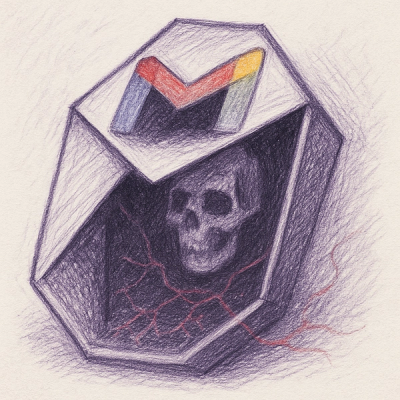
Research
NPM targeted by malware campaign mimicking familiar library names
Socket uncovered npm malware campaign mimicking popular Node.js libraries and packages from other ecosystems; packages steal data and execute remote code.
videojs-dynamic-watermark
Advanced tools
Displays text watermark over the VideoJS player and updates the position dynamically.
Displays text watermark over the VideoJS player and updates the position dynamically.
npm install --save videojs-dynamic-watermark
{
elementId: 'unique-id',
watermarkText: 'sbbullet',
changeDuration: 1000,
cssText: 'display: inline-block; color: grey; background-color: transparent; font-size: 1rem; z-index: 9999; position: absolute; @media only screen and (max-width: 992px){font-size: 0.8rem;}'
}
string Unique id to be used as the id attribute of watermark element. Must be unique in the DOM.string Watermark text contentint Milliseconds after which the position of watermark is changed. FYI 1000 milliseconds = 1 secondstring CSS style properties to be used for the watermark. Tweak the look and feel of the watermark text as you wish using CSSTo include videojs-dynamic-watermark on your website or web application, use any of the following methods.
<script> TagThis is the simplest case. Get the script in whatever way you prefer and include the plugin after you include video.js, so that the videojs global is available.
With Default Options
<script src="//path/to/video.min.js"></script>
<script src="//path/to/videojs-dynamic-watermark.min.js"></script>
<script>
var player = videojs("my-video");
player.dynamicWatermark();
</script>
With Custom Options
<script src="//path/to/video.min.js"></script>
<script src="//path/to/videojs-dynamic-watermark.min.js"></script>
<script>
var player = videojs("my-video");
player.dynamicWatermark({
elementId: "unique_id",
watermarkText: "It will be displayed over video",
changeDuration: 1000,
cssText:
"display: inline-block; color: grey; background-color: transparent; font-size: 1rem; z-index: 9999; position: absolute; @media only screen and (max-width: 992px){font-size: 0.8rem;}",
});
</script>
Using image or other elements
You can use image, svg or any other HTML element like a button (which if clicked goes to some url) as your watermark content simply by this tricky hack.
<script src="//path/to/video.min.js"></script>
<script src="//path/to/videojs-dynamic-watermark.min.js"></script>
<script>
var player = videojs("my-video");
player.dynamicWatermark({
elementId: "unique_id",
watermarkText: "<img height='20' width='20' src='https://i.pravatar.cc' />",
changeDuration: 1000,
cssText:
"display: inline-block; color: grey; background-color: transparent; font-size: 1rem; z-index: 9999; position: absolute; @media only screen and (max-width: 992px){font-size: 0.8rem;}",
});
</script>
When using with Browserify, install videojs-dynamic-watermark via npm and require the plugin as you would any other module.
var videojs = require("video.js");
// The actual plugin function is exported by this module, but it is also
// attached to the `Player.prototype`; so, there is no need to assign it
// to a variable.
require("videojs-dynamic-watermark");
var player = videojs("my-video");
player.dynamicWatermark();
When using with RequireJS (or another AMD library), get the script in whatever way you prefer and require the plugin as you normally would:
require(["video.js", "videojs-dynamic-watermark"], function (videojs) {
var player = videojs("my-video");
player.dynamicWatermark();
});
MIT. Copyright (c) Santosh Bhattarai <mr.bullet.sb@gmail.com>
FAQs
Displays text watermark over the VideoJS player and updates the position dynamically.
The npm package videojs-dynamic-watermark receives a total of 53 weekly downloads. As such, videojs-dynamic-watermark popularity was classified as not popular.
We found that videojs-dynamic-watermark demonstrated a not healthy version release cadence and project activity because the last version was released a year ago. It has 1 open source maintainer collaborating on the project.
Did you know?

Socket for GitHub automatically highlights issues in each pull request and monitors the health of all your open source dependencies. Discover the contents of your packages and block harmful activity before you install or update your dependencies.

Research
Socket uncovered npm malware campaign mimicking popular Node.js libraries and packages from other ecosystems; packages steal data and execute remote code.

Research
Socket's research uncovers three dangerous Go modules that contain obfuscated disk-wiping malware, threatening complete data loss.

Research
Socket uncovers malicious packages on PyPI using Gmail's SMTP protocol for command and control (C2) to exfiltrate data and execute commands.